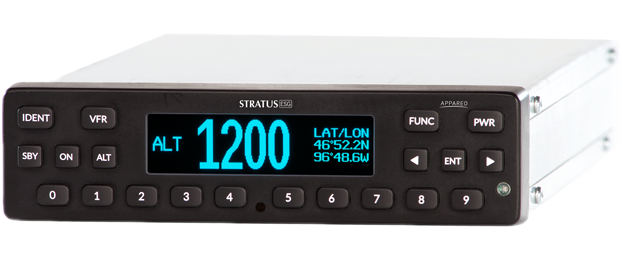Nope, it wasn’t Greg earning his private certificate. Captain Dennis finally earned the “Captain” part of his name.
After a number of delays the weather gods delivered perfect weather for my Commercial checkride. Clear skies and calm winds.
The examiner arrived at my hangar at 7AM and we immediately began with the paperwork to ensure I was eligible to take the practical exam. My logbook endorsements were verified, the required flights were identified and my written exam was reviewed. Side note, I highly recommend everyone start using online logbooks. I use MyFlightBook.com and it was so simple to use their training progress report to identify which of your flights satisfied each of the requirements.
Next came the Oral Examination. I was asked to show the examiner the weight and balance and flight plan for the cross country flight he asked me to plan. I was asked to explain airspace along the route of flight, weight and balance considerations, fuel reserves, runway lengths aircraft systems, and more. I was also asked about commercial privileges in several different scenarios, such as renting an airplane for work vs providing my own airplane, etc.
Now it was time to head out to the Mooney and prove to the examiner that I was worthy to be considered a Commercial pilot. I had already preflighted the airplane so the examiner chose to ask me questions about my plane. There were questions about the fuel grades, what indicates water in your fuel when you sump the tank, what each of the antennas are for, and so on.
Startup, taxi, takeoff and head out on our simulated cross country flight. Shortly after takeoff I was asked to divert to Chicago to pickup a passenger. Thanks to the Avidyne it was a simple process to enter KMDW and I had not just a heading, but the time enroute too. I satisfied the examiner that we would land with an excess of 1 hours fuel even with the change in destination. That was it for the cross country, now on to the airwork. Over the next hour we did slow flight, stalls (power on, power off, accelerated), Chandelles, and lazy eights. We climbed up to 6000 feet to do a steep spiral descent followed by simulated emergency descent and a simulated engine failure. The airwork was finished up with eights on pylons. We headed off to a nearby airport to test my landing chops. Normal landing, short field over an obstacle, power off 180, and to finish it off, a soft field landing back at my home airport. Under 2 hours from takeoff to touchdown, I was now a commercial pilot.
I could not have done this without the help of 4 great pilots/instructors. Raechel Geary introduced me to the commercial maneuvers shortly after completing my IFR rating. George Glaros volunteered to train with me in the Mooney, helping me to learn and master each of the maneuvers and landings (on one flight he had to suffer through nearly 15 landings in a 2 hour period). John Shanks who was able to jump in and help me over the last couple hurdles and signed me off to take the test. Lastly, My son Austin who was there to critique my practice sessions and offer advice as he is about to complete his Commercial Pilot training too.
P.S.
This is what a Temporary Airman's Certificate looks like Greg 😉
















